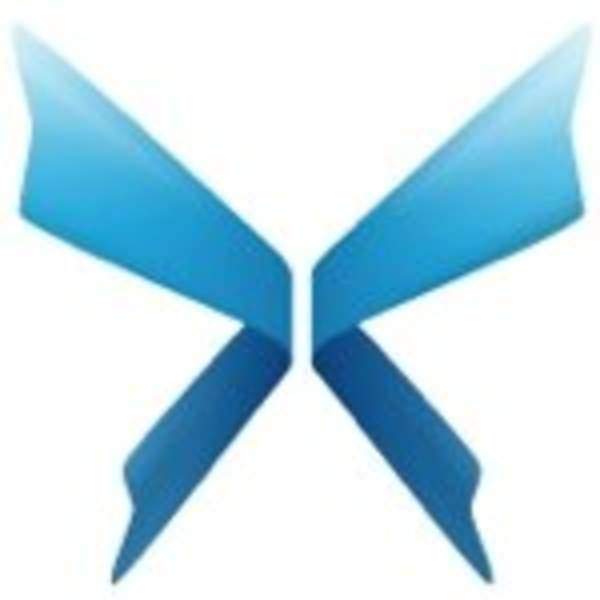Last year Xmarks, the cross-platform bookmark sync service, narrowly escapedbeing shut down for good. After tons of media attention focused on the shutdown, and then acquisition by LastPass, a funny thing happened – the service received almost no attention at all in 2011. So whatever happened? I caught up with LastPass CEO Joe Siegrist about the features added to Xmarks this year, the fate of the original Xmarks team and what he calls anti-competitive behavior on Apple’s part.

Xmarks has a long history. The startup launched in 2006 as Foxmarks with the Foxmarks Firefox extension and Foxcloud WebDAV serverand morphed into Xmarks in 2009.
Unfortunately, the company was trying to find a way to monetize the service without directly charging users. In the “long live Xmarks” post, former Xmarks CEO James Joaquin said that the original strategy was to “crowd-source bookmarks at scale and then aggregate and analyze that data to create valuable new web services that tens of millions of users would use every day.”
That didn’t work out so well. Early freemium models were also “discouraging,” with few people providing a donation when downloading Xmarks and conservative revenue estimates with Xmarks’ user base at less than $400,000 per year. (That’s assuming $10 per year per user, with two million users.) But when the company announced it’d be shutting down, the outcry prompted a last-minute effort to find a buyer.
The Bad News
The buyer, LastPass, jumped in and saved the service and added a premium account at $12 per year that provides access to users on the iPhone, Android, BlackBerry and Dolphin HD users. It also provides longer storage of backups, open tab sync on mobile browsers and priority support via email. A combo subscription to LastPass and Xmarks is available for $20 a year.
So the service was saved, but what about the Xmarks team? That’s the bad news. According to LastPass CEO Joe Siegrist, “by the time we purchased Xmarks, a good deal of the employees had been let go. We didn’t have much of an opportunity to pick up much of the team. We had a few of the people for the first 120 days or so, but now they’ve moved on… none of the original team is currently working on Xmarks.”
New Features and Integration with LastPass
One reason you might have heard little about Xmarks is because the pace of features and releases has slowed considerably since the acquisition.
According to Siegrist, LastPass “inherited a lot of technical debt. Most of the year was spent bringing all the products up to our level of expectations with them.
Which isn’t to say there’ve been no new features. Siegrist says that Xmarks has added open tab sync across all browsers this year, as well as “behind-the-scenes improvements of the syncing algorithms.” Siegrist also says that the company plans to put out a new backend shortly.
When the acquisition was announced, there were plans to merge LastPass and Xmarks, but that’s still in progress. Siegrist says that “when we realized the depths of the technical stuff we needed to do, we decided it was prudent to ensure we got a much better technical grounding on the base before we made massive changes.”
In the meantime, the company has encouraged users to switch to LastPass for their password sync, instead of using the Xmarks password sync.
Adoption and Acceptance
As you might guess, it makes people a bit twitchy when a company announces it’s going to close up shop. Even when a savior swoops in, users (and potential users) are going to be a bit hesitant.
Siegrist says that “it took a while for people to be comfortable that it was not going away. It took probably four or five months” for the service to return to its previous usage levels and start to grow.
But the upside for LastPass is that the acquisition brought in a bunch of new users for that service as well. Siegrist says that they got “hundreds of thousands of new users out of it, people who hadn’t heard of LastPass” before the company bought Xmarks.
And he says he’s confident that the market is growing as well. Xmarks might be regarded as a “power user” tool, but Siegrist says it’s starting to move into the mainstream. He also notes that the service provided by Xmarks is particularly important in a world where so many users use one browser at home, and another at work. The rapid uptake of Chrome is another factor here.
The Apple in the Ointment
One of the things I was curious about was the experience developing for all of the major browsers, particularly given the rapid development cycle for Firefox and Chrome. Siegrist says that they’re happy there’s a lot of competition, especially since that encourages users to use Xmarks to sync between the browsers.
Despite all the talk of the “open” Web, the browser vendors aren’t going out of their way to make it easy for users to switch browsers. According to Siegrist, all of the browser vendors want to “own the entirety of it” rather than helping users sync information between browsers.
Apple, however, seems to be the worst of the lot. According to Siegrist, Apple “went from not really being competitive to becoming a competitor [with iCloud] and deprecating the APIs that we use. They used their clout and base, created a new product and started locking out competitors.” Apple deprecated the SyncServices APIs in 10.7 without much warning to developers.
Apple annoyances aside, though, Siegrist seemed positive about the future of Xmarks. Development is continuing and looks to speed up a bit in 2012, with integration with LastPass somewhere in the future.










